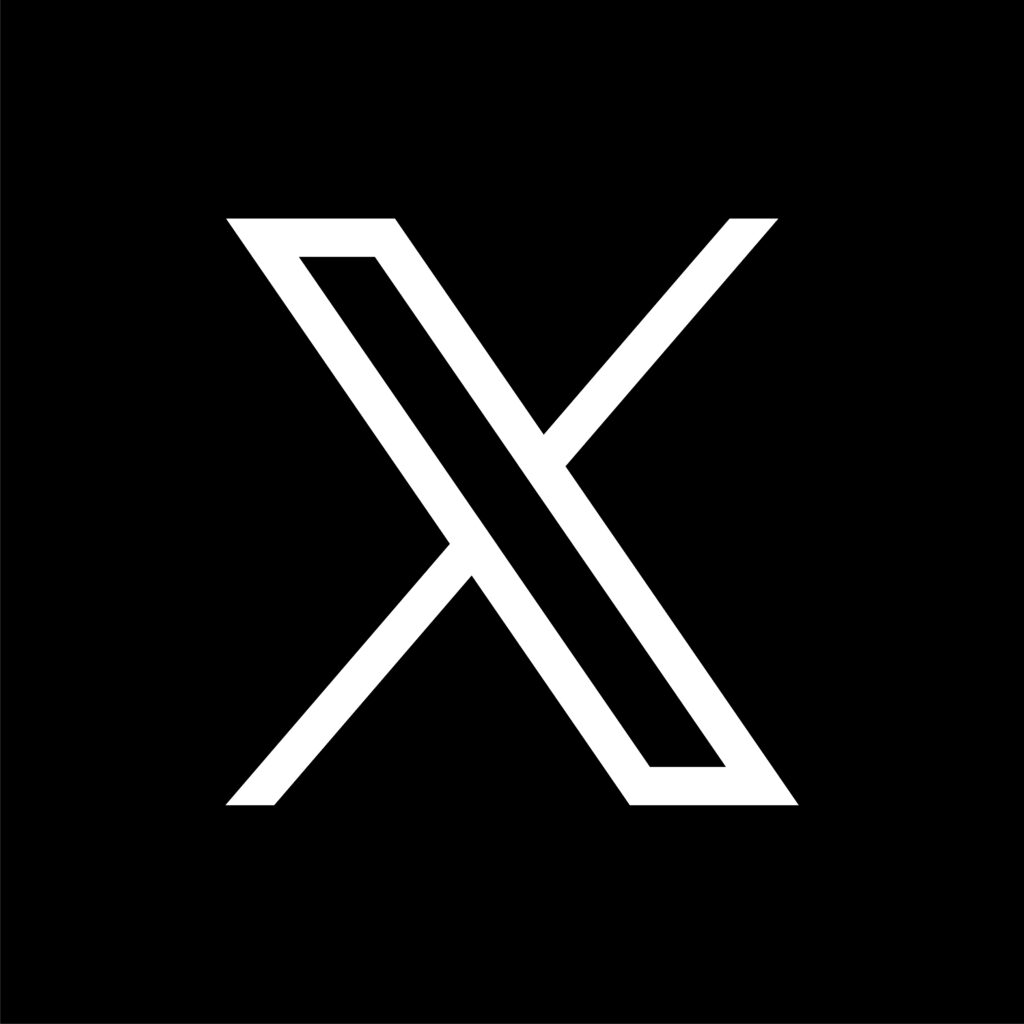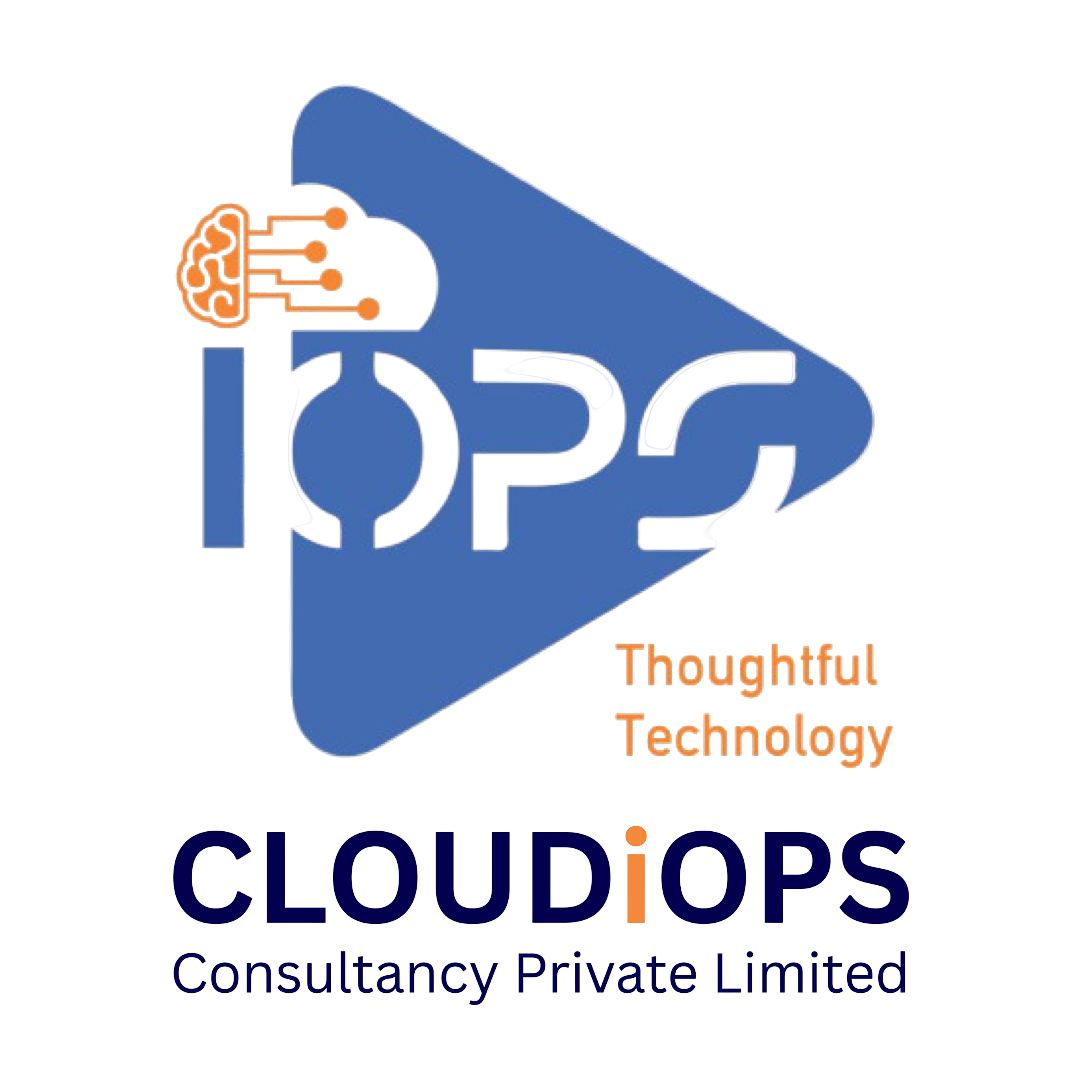Microsoft Welcomes Elon Musk’s Grok AI to Azure

In a major development that could revolutionize the artificial intelligence (AI) landscape, Microsoft says that it will be introducing Elon Musk’s xAI models, Grok 3 and Grok 3 Mini, in its Azure AI Foundry platform. This collaboration helps make Microsoft more open and competitive and provides developers and businesses with a more extensive range of tools and services for AI beyond what its remained focused on to date with OpenAI
Expanding Azure’s AI Portfolio
Adding Grok models to Azure AI Foundry gives developers access to xAI’s conversational AI capability as a product or service, with same SLA as for other models such a those provided by OpenAI, such as GPT-4. This is in alignment with Microsoft’s vision of an inclusive and flexible AI platform that offers the capabilities the customers need no matter how the customers layer their systems.
By taking it in-house with Grok, Microsoft is looking to serve a broader selection of applications and use cases, especially those looking for AI models with conversation styles that stand out from the crowd. This fits with Microsoft’s goal of making Azure a dominant platform for building and running AI.
Navigating Complex Partnerships
The decision to host Grok is the latest development in a relationship that is evolving between Microsoft and OpenAI. Though Microsoft has put more than $13 billion into OpenAI since 2019, tensions have emerged over how much of Microsoft’s resources will be applied to AI and what approach OpenAI should take to competing in the AI industry. At the same time its co-founder Elon Musk sued OpenAI over its move to for-profit structure, further complicating the AI partnership maze.
These obstacles notwithstanding, Microsoft’s partnership with xAI is a part of a strategic move to broaden the pool of AI technologies and decrease vendor lock-in. Adopting more than one AI model is also part of Microsoft’s strategy to develop an open and interoperable AI platform, with competitors such as Meta and DeepSeek contributing to the ecosystem.
Implications for Developers and Enterprises
For developers and businesses, the Grok models on Azure open up possibilities to develop and integrate AI Apps that have unique conversational features. This adds to the versatility that users get with Azures AI services, with the ability to experiment with various models and utilize those that suit their individual needs.
But building Grok-like functionality also means thinking about content moderation and compliance with the law. Because that’s how raw Grok talks, Microsoft may need to have some additional checks in place to comply with its Responsible AI standards and guard against the dangers of content generation.
A Strategic Move in the AI Arms Race
In adding more AI models to its repertoire, Microsoft is working to not just make more service offerings possible, but to be seen as a more neutral and open forum for AI building. This might also draw in a much broader developer–user community with a greater potential for cross-ecosystem innovation in AI.
What’s more, this step acts as a safeguard from possible future disruptions from current affiliations and is indicative of Microsoft adopting a pre-emptive strategy to navigate the swiftly changing AI ecosystem. With an environment of diverse and interoperable AI, Microsoft is creating a foundation for long-term dominance in the cloud AI market.



